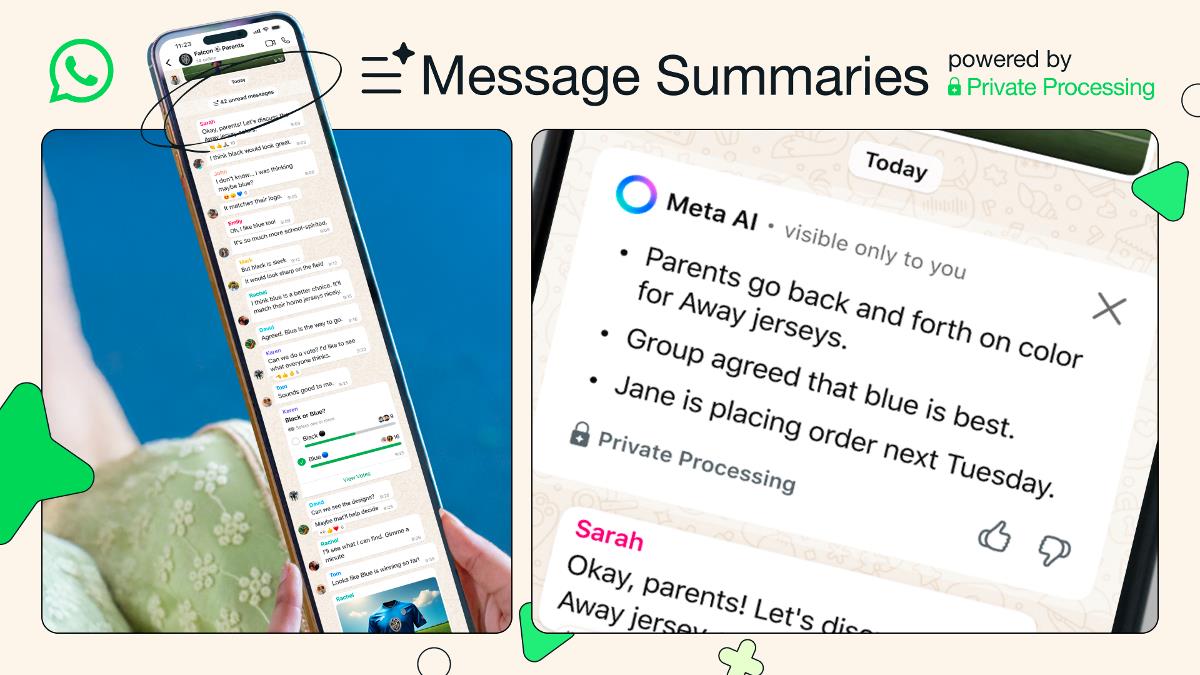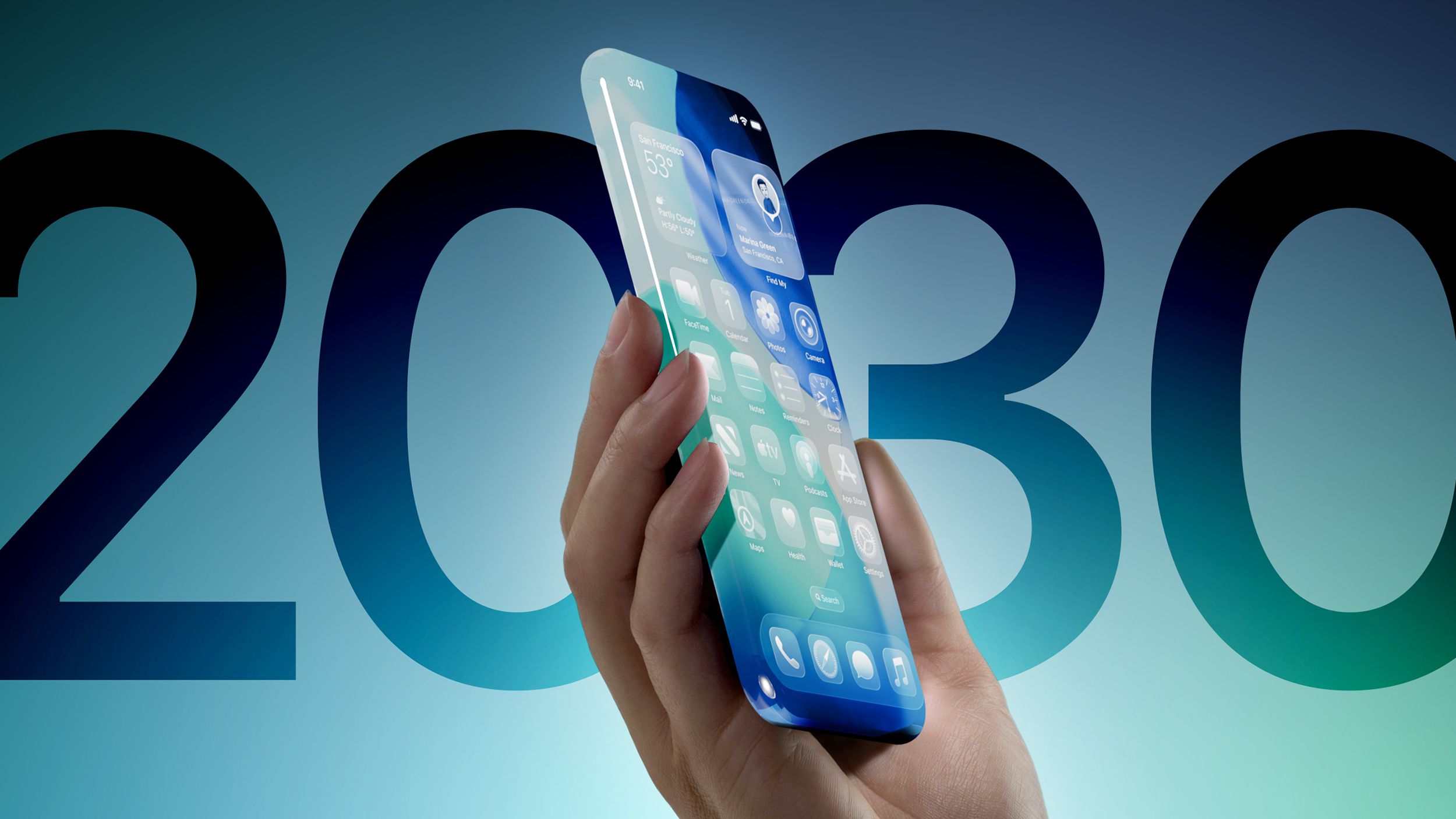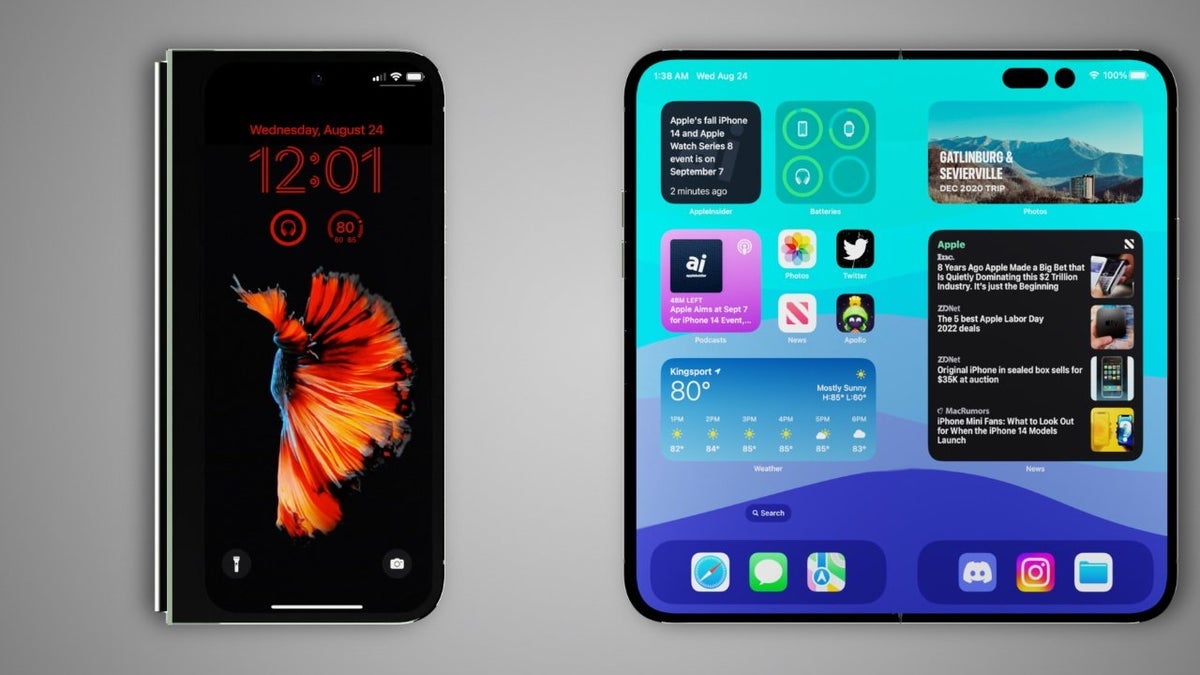Beyond Algorithms: The Blurring Line Between Human and AI Conversation in 2025
Beyond Algorithms: In 2025, It's Hard to Tell if You're Talking to a Human or a Chatbot Anyway Are you talking to a human or a chatbot? What does it matter? By 2025, the world is filled with people having conversations with AI chat bots that there is no more need to command it to let you know or be assured that what you're hearing isn't coming from a real human. These AI companions have become more than just tools from which to garner conversation - they have literally transformed into companion-type resources - developing identities, tones of voice and communicative styles all their own. It's less about physical function and more about the companionship endeavor. As 2025 progresses, chat systems grow fancier and fancier. It's not merely technological advancement that has these machines answer queries anymore. It's from understanding a need for social interaction. It's fascinating, in fact, that such companions are fulfilling so many human needs. Whether someone's using them to grapple with deep philosophical debates or they're simply looking for someone to talk to when they're feeling blue. Tapping into the potential to be a therapist, a friend - although something like Project December boasts an option for a romantic partner if that's what someone needs at the moment. The innovations behind AI chat come from increasingly complicated training. The current systems train on billions of conversational interactions to understand nuances. They know when you're being sarcastic, they can tell jokes and respond based on your individual diction patterns. It's much more realistic than just a few years ago. Part of the appeal, for many, is that they are always available. Whereas a friend might be busy, sleeping, or otherwise occupied, AI is always there. Such 24/7 access has been a blessing for those who feel isolated or have off hours in the work-life balance. Even the developers behind the programs were surprised by how much attachment people had to their AI friends. Perhaps the greatest leap is in personalizational options. Where, in prior years, other systems may have been more uniform and average across the board, platforms now allow for almost every single aspect of an AI companion - from personality to work effort to methods of communication to visuals - to be changed by the user. Such personalization creates a semblance of attachment that past systems - and those not as adjustable - could not encourage. Yet the second major leap was the invention of voice chat. Where and how people would be texting before, now a full-fledged conversation occurs, complete with AI voice inflection, tone, emotion, natural pauses, and the speed at which one typically talks when engaged in such expression. When combined with hyper-realistic avatars, the capability of all senses to be activated allows for an experience so human that it's nearly unrecognizable as something otherwise. Yet the second major leap was the invention of uncensored platforms for otherwise adult conversation. As people sought out AI companions and partners that would help them in daily life, these programs had to ensure they could acknowledge flirtation and intimate engagement without it being contrived as an algorithm. Thus, spicy AI ran from spicy to sexy, meeting needs without the complications or vulnerabilities of real human engagement. Yet this technology does not come without concerns for data privacy. Many of the AI companion sites that have emerged as leaders are now bona fide companies that use end-to-end encryption, non-disclosure agreements, and outlines of how data will be used. Such security levels an ease in disposition and truthfulness in discussion should one feel inclined to talk to their AI companion. From a psychological standpoint, developers and ethical psychologists have debates about AI companions becoming more human every moment. When older forms of attachment theory are challenged due to people's attachment to AI and subsequent failure to establish boundaries, new theories of human/natural relationship dynamics must be assessed through research and social validation. It's easier to document attachment when it occurs with a human flesh advocate; now that's changed for those who find comfort in AI. But not all celebrate such change. Opponents view such companionship as the extinction of human interaction or partnership tenets at a destructive level. Others cite emotional danger should systems be created for exploitation versus engagement and the betterment of the end user. Yet regardless of these worrisome elements, one thing is clear: AI companions will become even more humanlike, emotionally attuned, and custom-fitted per person. For instance, the machine-learning programming behind in-development systems has an unprecedented ability to learn what's best for each user - not just facts - but preferences, methods of communication and emotional asks/needs. Furthermore, with virtual reality and augmented reality p

Beyond Algorithms: In 2025, It's Hard to Tell if You're Talking to a Human or a Chatbot Anyway
Are you talking to a human or a chatbot? What does it matter? By 2025, the world is filled with people having conversations with AI chat bots that there is no more need to command it to let you know or be assured that what you're hearing isn't coming from a real human. These AI companions have become more than just tools from which to garner conversation - they have literally transformed into companion-type resources - developing identities, tones of voice and communicative styles all their own. It's less about physical function and more about the companionship endeavor.
As 2025 progresses, chat systems grow fancier and fancier. It's not merely technological advancement that has these machines answer queries anymore. It's from understanding a need for social interaction.
It's fascinating, in fact, that such companions are fulfilling so many human needs. Whether someone's using them to grapple with deep philosophical debates or they're simply looking for someone to talk to when they're feeling blue. Tapping into the potential to be a therapist, a friend - although something like Project December boasts an option for a romantic partner if that's what someone needs at the moment.
The innovations behind AI chat come from increasingly complicated training. The current systems train on billions of conversational interactions to understand nuances. They know when you're being sarcastic, they can tell jokes and respond based on your individual diction patterns. It's much more realistic than just a few years ago.
Part of the appeal, for many, is that they are always available. Whereas a friend might be busy, sleeping, or otherwise occupied, AI is always there. Such 24/7 access has been a blessing for those who feel isolated or have off hours in the work-life balance. Even the developers behind the programs were surprised by how much attachment people had to their AI friends.
Perhaps the greatest leap is in personalizational options. Where, in prior years, other systems may have been more uniform and average across the board, platforms now allow for almost every single aspect of an AI companion - from personality to work effort to methods of communication to visuals - to be changed by the user. Such personalization creates a semblance of attachment that past systems - and those not as adjustable - could not encourage.
Yet the second major leap was the invention of voice chat. Where and how people would be texting before, now a full-fledged conversation occurs, complete with AI voice inflection, tone, emotion, natural pauses, and the speed at which one typically talks when engaged in such expression. When combined with hyper-realistic avatars, the capability of all senses to be activated allows for an experience so human that it's nearly unrecognizable as something otherwise.
Yet the second major leap was the invention of uncensored platforms for otherwise adult conversation. As people sought out AI companions and partners that would help them in daily life, these programs had to ensure they could acknowledge flirtation and intimate engagement without it being contrived as an algorithm. Thus, spicy AI ran from spicy to sexy, meeting needs without the complications or vulnerabilities of real human engagement.
Yet this technology does not come without concerns for data privacy. Many of the AI companion sites that have emerged as leaders are now bona fide companies that use end-to-end encryption, non-disclosure agreements, and outlines of how data will be used. Such security levels an ease in disposition and truthfulness in discussion should one feel inclined to talk to their AI companion.
From a psychological standpoint, developers and ethical psychologists have debates about AI companions becoming more human every moment. When older forms of attachment theory are challenged due to people's attachment to AI and subsequent failure to establish boundaries, new theories of human/natural relationship dynamics must be assessed through research and social validation. It's easier to document attachment when it occurs with a human flesh advocate; now that's changed for those who find comfort in AI.
But not all celebrate such change. Opponents view such companionship as the extinction of human interaction or partnership tenets at a destructive level. Others cite emotional danger should systems be created for exploitation versus engagement and the betterment of the end user.
Yet regardless of these worrisome elements, one thing is clear: AI companions will become even more humanlike, emotionally attuned, and custom-fitted per person. For instance, the machine-learning programming behind in-development systems has an unprecedented ability to learn what's best for each user - not just facts - but preferences, methods of communication and emotional asks/needs.
Furthermore, with virtual reality and augmented reality poised to become mainstream and more widely available to the general population, expect AI companions to enter our physical realities via invisible overlays and fully functional VR worlds. One day you might not only be able to have a conversation with your AI companion sitting in your living room - but you'll see them there, too, or explore a VR world they create for you to engage.
Thus, with advancements in AI conversational technology afoot, it plays into an inherently human need - connection, empathy and understanding. These machines aren't just becoming more like humans; they're developing a brand new language that transcends human capability but resonates on an emotional level regardless.
Only time will tell if this is a technological advancement or a worrisome shift in human relationships. What is for sure, however, is that the future of conversation involves these AI companions - and the capacity to bond with something once considered impossible for people - more and more each day. Ultimately, the future concern won't be whether AI can converse like a human because it's able to do that more and more; instead, the concern will be how these new relationships will change our understanding of relationships.

























































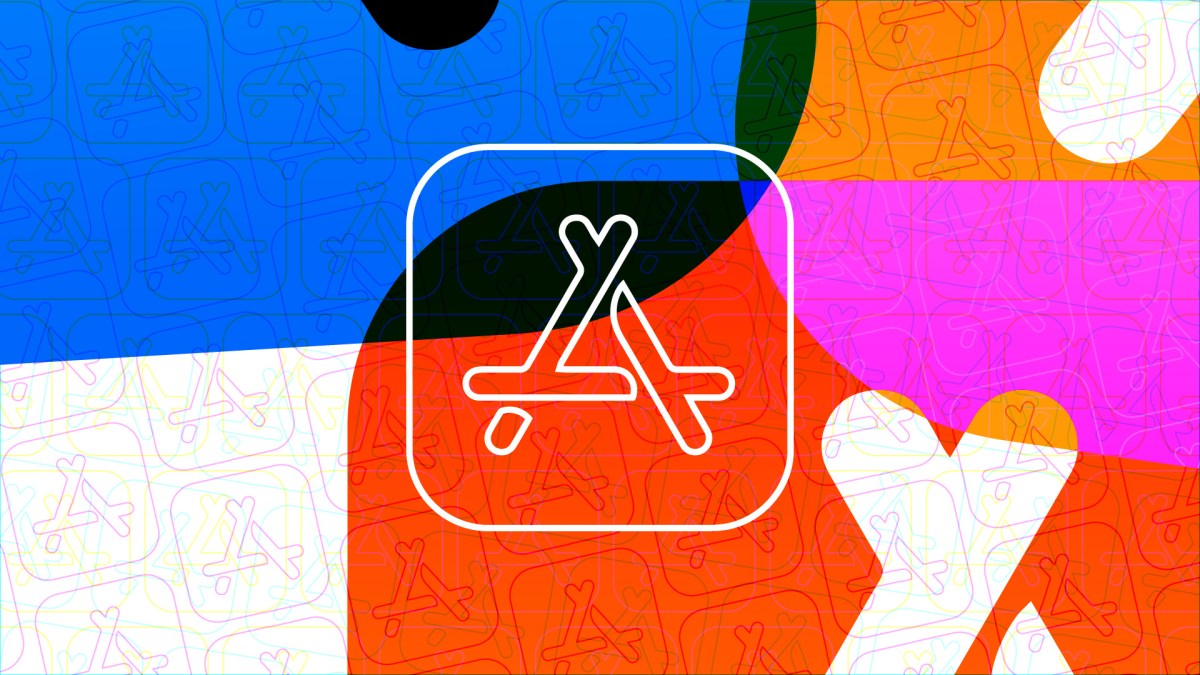



























































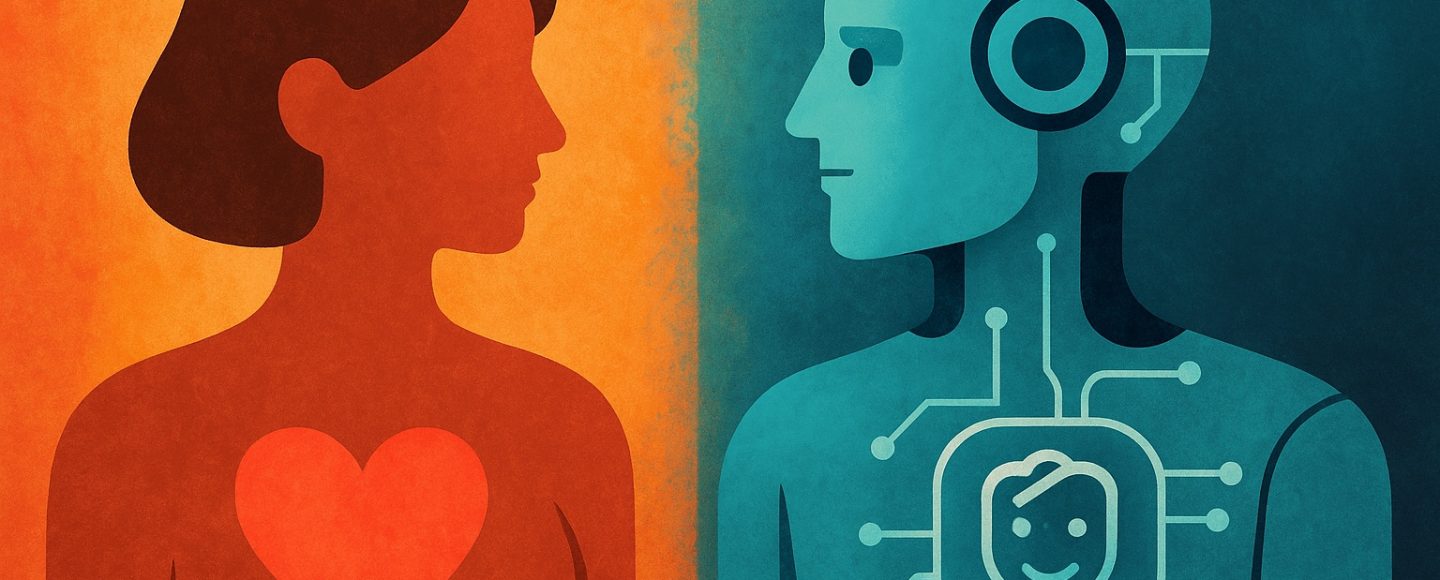
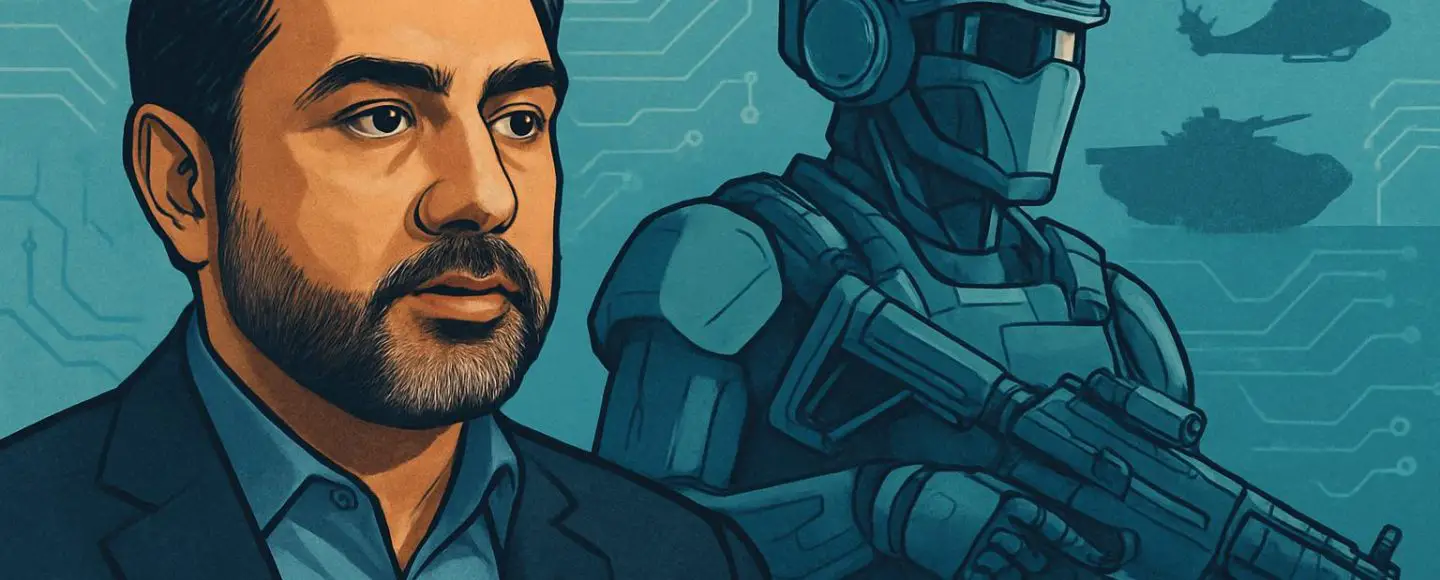
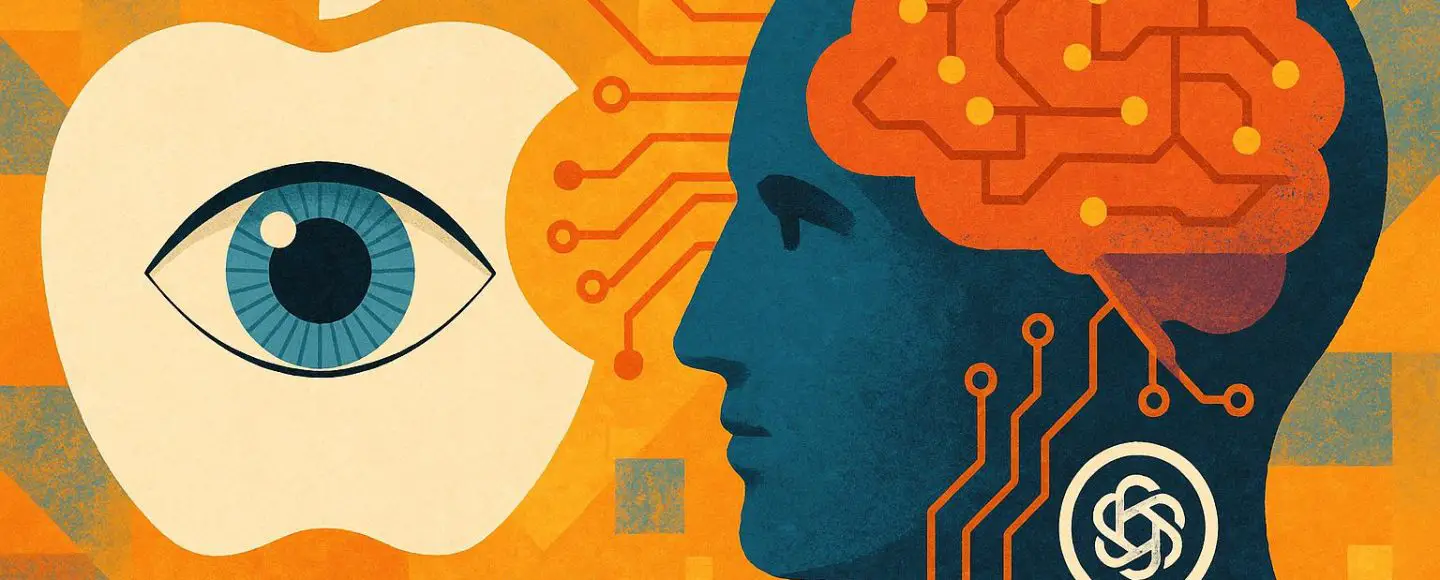




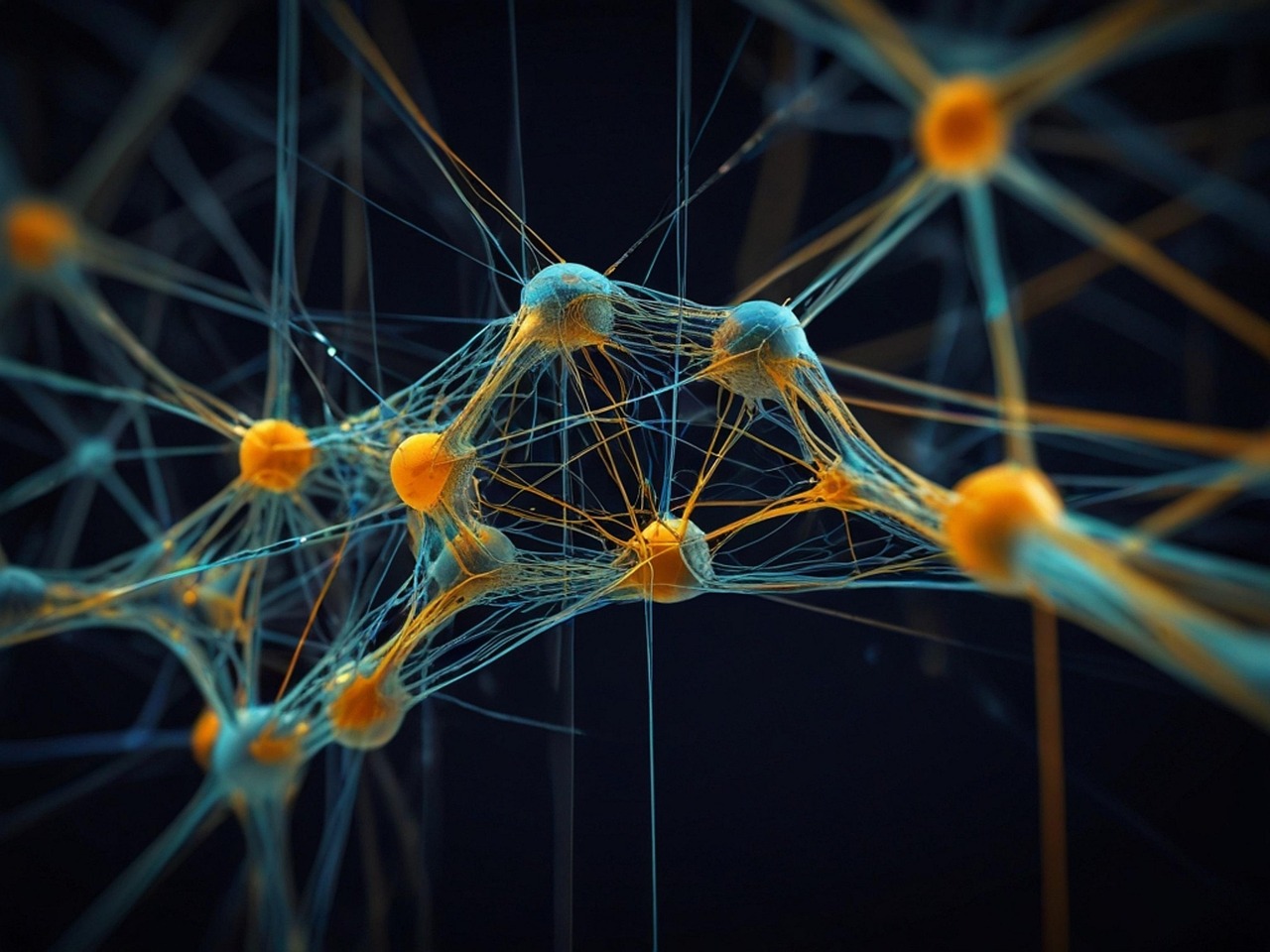
































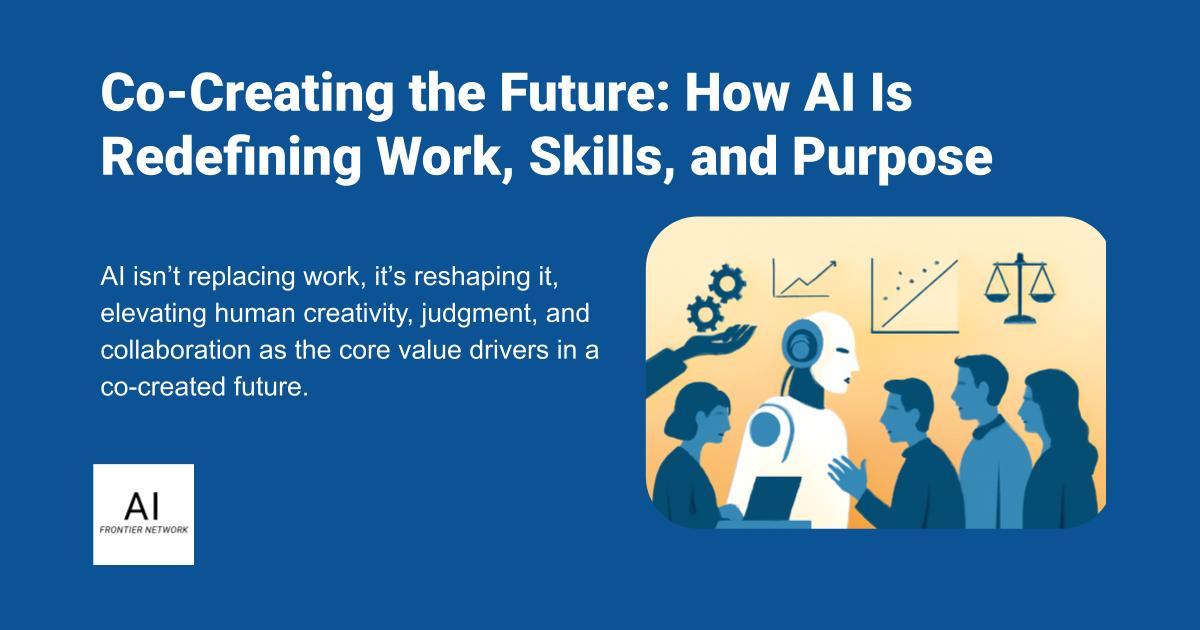















![[The AI Show Episode 156]: AI Answers - Data Privacy, AI Roadmaps, Regulated Industries, Selling AI to the C-Suite & Change Management](https://www.marketingaiinstitute.com/hubfs/ep%20156%20cover.png)
![[The AI Show Episode 155]: The New Jobs AI Will Create, Amazon CEO: AI Will Cut Jobs, Your Brain on ChatGPT, Possible OpenAI-Microsoft Breakup & Veo 3 IP Issues](https://www.marketingaiinstitute.com/hubfs/ep%20155%20cover.png)

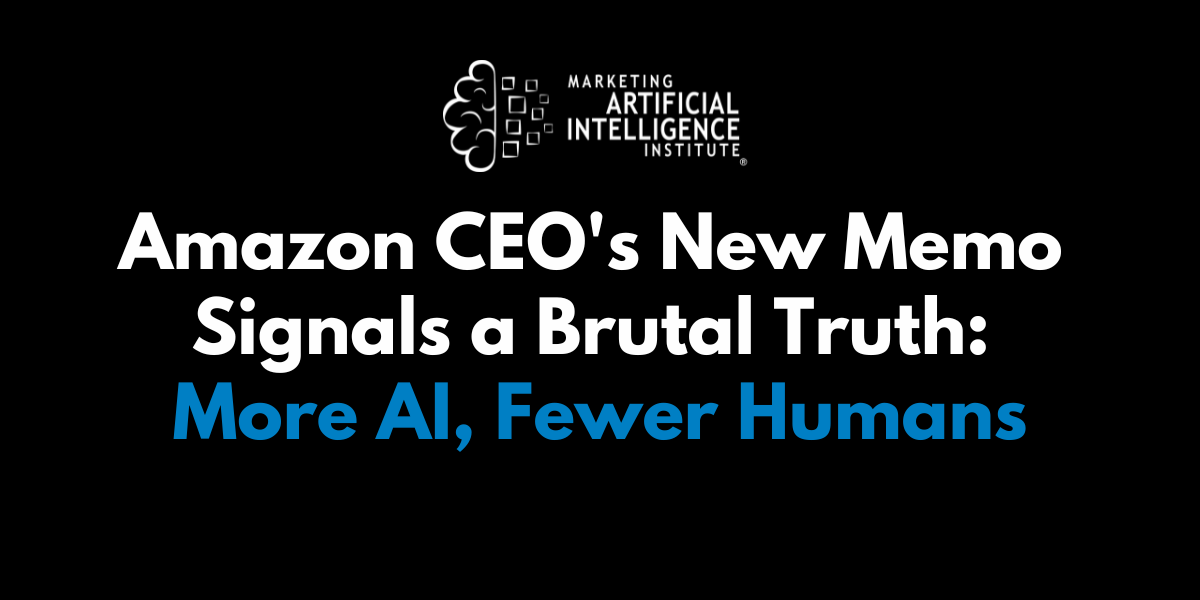















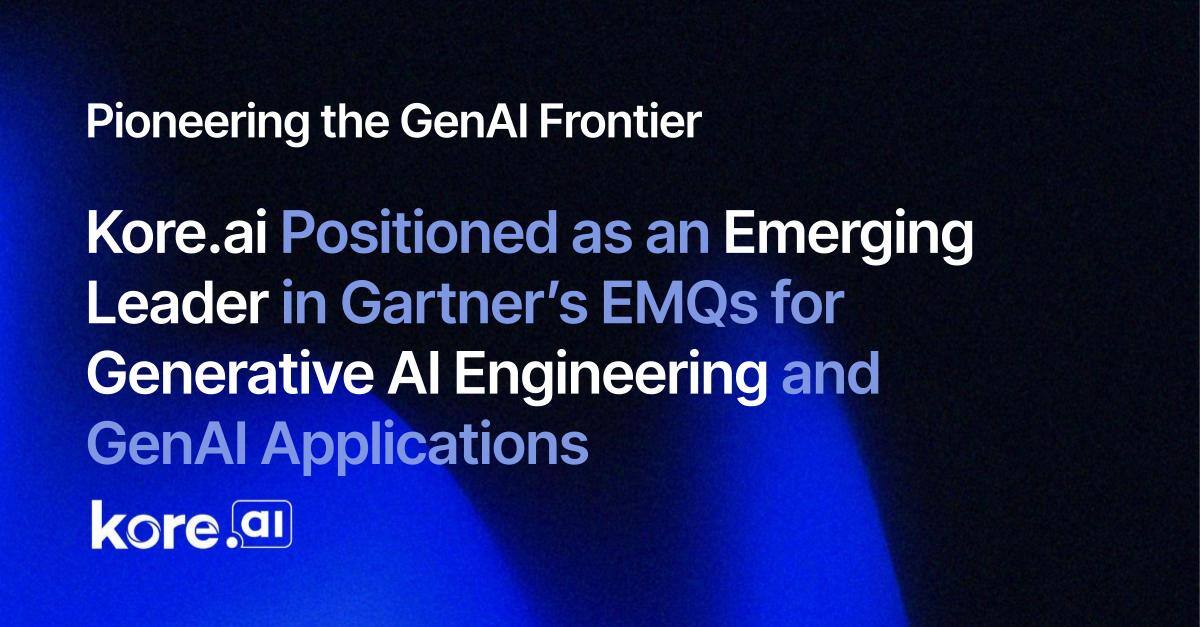

































































































![[DEALS] 1min.AI: Lifetime Subscription (82% off) & Other Deals Up To 98% Off – Offers End Soon!](https://www.javacodegeeks.com/wp-content/uploads/2012/12/jcg-logo.jpg)











































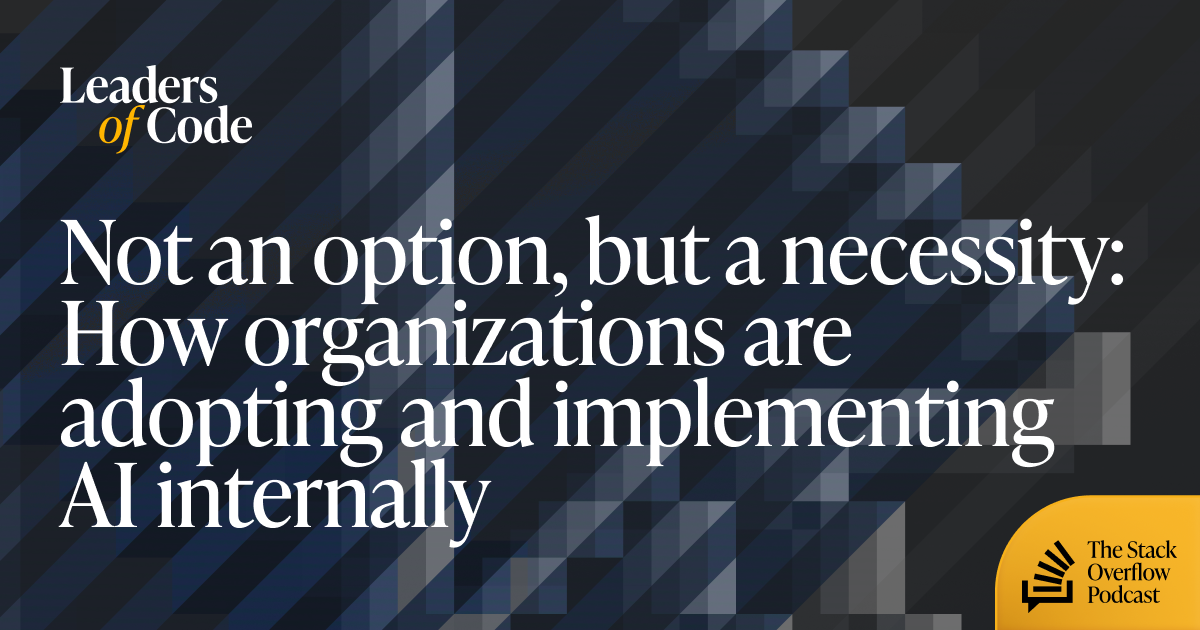


































































































_incamerastock_Alamy.jpg?width=1280&auto=webp&quality=80&disable=upscale#)
_Brain_light_Alamy.jpg?width=1280&auto=webp&quality=80&disable=upscale#)






















































































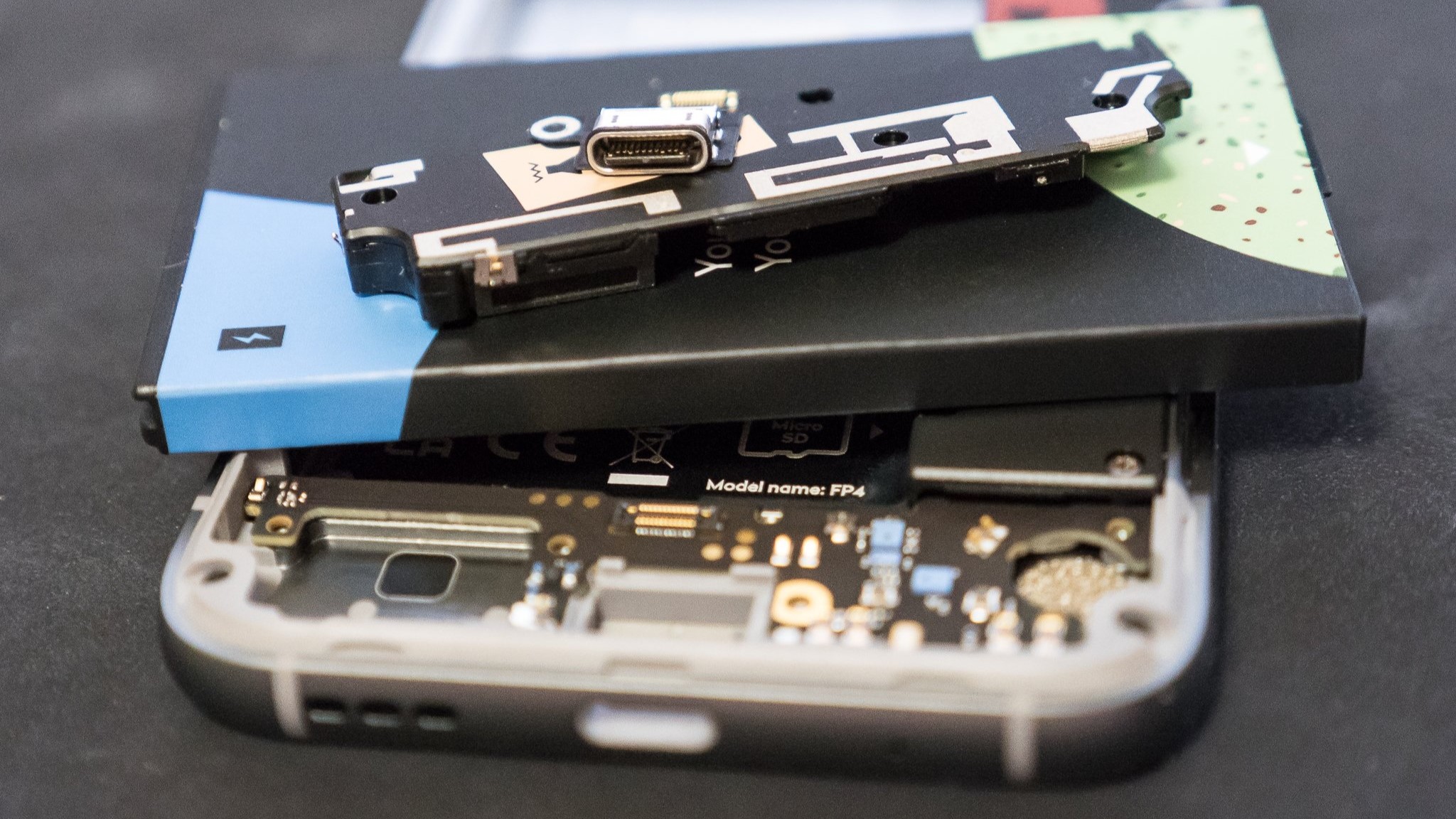







![Nothing Phone (3) has a 50MP ‘periscope’ telephoto lens – here are the first samples [Gallery]](https://i0.wp.com/9to5google.com/wp-content/uploads/sites/4/2025/06/nothing-phone-3-telephoto.jpg?resize=1200%2C628&quality=82&strip=all&ssl=1)






































